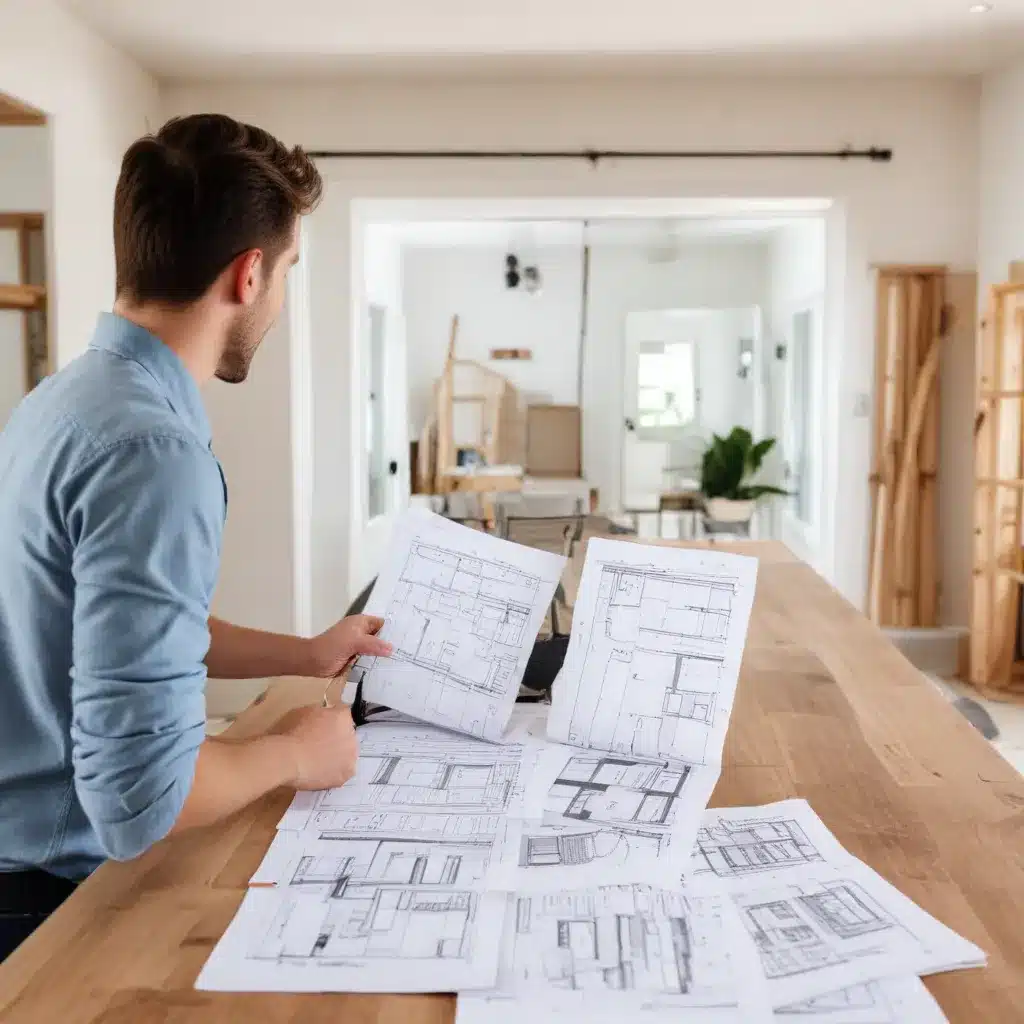
As an experienced home improvement consultant, I’ve seen firsthand how easily home renovation projects can spiral out of control when it comes to budgeting. Whether you’re tackling a complete overhaul or a series of small upgrades, staying on top of your finances is crucial to ensuring your vision comes to life without financial stress. In this comprehensive guide, I’ll share practical tips and strategies to help you budget effectively, avoid common pitfalls, and complete your renovation within your desired spending limits.
Understanding Your Renovation Budget
Determining Your Financial Capacity
The first step in budgeting for a home renovation is to take a close look at your financial situation. Assess your existing savings, monthly income, and any outstanding debts or financial obligations. This will help you determine how much you can realistically allocate towards your project without jeopardizing your overall financial well-being.
Creating a Detailed Cost Estimate
Once you have a handle on your financial capacity, it’s time to start researching and compiling a detailed cost estimate for your renovation. Begin by breaking down the project into different categories, such as structural needs, functional needs, and interior details. Reach out to local contractors, suppliers, and design professionals to gather accurate pricing information for each component. This will give you a comprehensive understanding of the true cost of your renovation.
Factoring in Unexpected Expenses
Even the most meticulously planned renovation can encounter unexpected challenges or costs along the way. To prepare for the unknown, it’s essential to build in a contingency budget – typically 10-20% of your overall renovation costs. This buffer will help you navigate any surprises, such as hidden structural issues, supply chain delays, or material price fluctuations, without derailing your entire budget.
Prioritizing Your Renovation Needs
Identifying Must-Have Upgrades
Take the time to prioritize your renovation goals, distinguishing between essential upgrades and desired improvements. Must-have upgrades are the critical elements that address safety, functionality, or pressing maintenance concerns, such as replacing a leaky roof or upgrading outdated electrical systems. These should be at the top of your list when allocating your renovation funds.
Distinguishing Wants from Needs
In addition to the must-have upgrades, you may have a wishlist of desirable features or aesthetic enhancements. While these “wants” can certainly contribute to the overall enjoyment of your home, it’s important to carefully consider how they fit into your budget. Rank these items in order of importance and be prepared to make trade-offs if necessary.
Allocating Funds Strategically
With your prioritized list in hand, you can start to allocate your renovation budget accordingly. Assign the largest portion of your funds to the must-have upgrades, followed by the high-priority “wants.” Be mindful of striking a balance between your essential needs and desired improvements to ensure you get the most value from your investment.
Controlling Renovation Costs
Seeking Cost-Effective Solutions
One of the best ways to stay on budget is to explore cost-effective solutions that don’t compromise the quality or functionality of your renovation. This may involve:
– Opting for mid-range or budget-friendly materials instead of high-end options
– Considering DIY projects for certain tasks, such as painting or installing flooring
– Exploring energy-efficient upgrades that can provide long-term cost savings
Negotiating with Contractors
When it comes to hiring professionals for your renovation, it’s important to shop around and negotiate. Obtain multiple quotes from reputable contractors and ask about any potential discounts or package deals. Be upfront about your budget constraints and work collaboratively to find solutions that fit within your financial limits.
Monitoring Spending Closely
Throughout the renovation process, maintain a vigilant eye on your spending. Regularly review your receipts, invoices, and budget to ensure you’re staying on track. If you notice costs starting to creep up, take immediate action to make adjustments or find alternative solutions.
Maintaining Financial Discipline
Sticking to the Budget
One of the biggest challenges in home renovations is sticking to the budget you’ve set. Resist the temptation to make impulsive, unplanned purchases or upgrades, as these can quickly derail your carefully crafted financial plan. Regularly review your budget and make conscious decisions about where to allocate your funds.
Exploring Financing Options
If your renovation requires a significant investment that exceeds your available savings, consider exploring financing options such as home equity loans, personal loans, or even crowdfunding platforms. Research the terms, interest rates, and repayment schedules to ensure the financing aligns with your long-term financial goals.
Reviewing and Adjusting the Plan
As your renovation progresses, be prepared to review and adjust your budget as needed. Unforeseen circumstances, supply chain issues, or changes in material costs may necessitate modifications to your initial plan. Remain flexible, communicate openly with your contractors, and be willing to make tough decisions to keep your project on track.
By following these comprehensive budgeting strategies, you’ll be well on your way to completing your home renovation within your desired spending limits. Remember, the key to success lies in thorough planning, strategic prioritization, and disciplined financial management. With a solid budget in place, you can focus on transforming your living space into the home of your dreams, without the added stress of going over budget. For more tips and inspiration, be sure to visit Reluctant Renovator – a valuable resource for homeowners embarking on their own renovation journeys.



